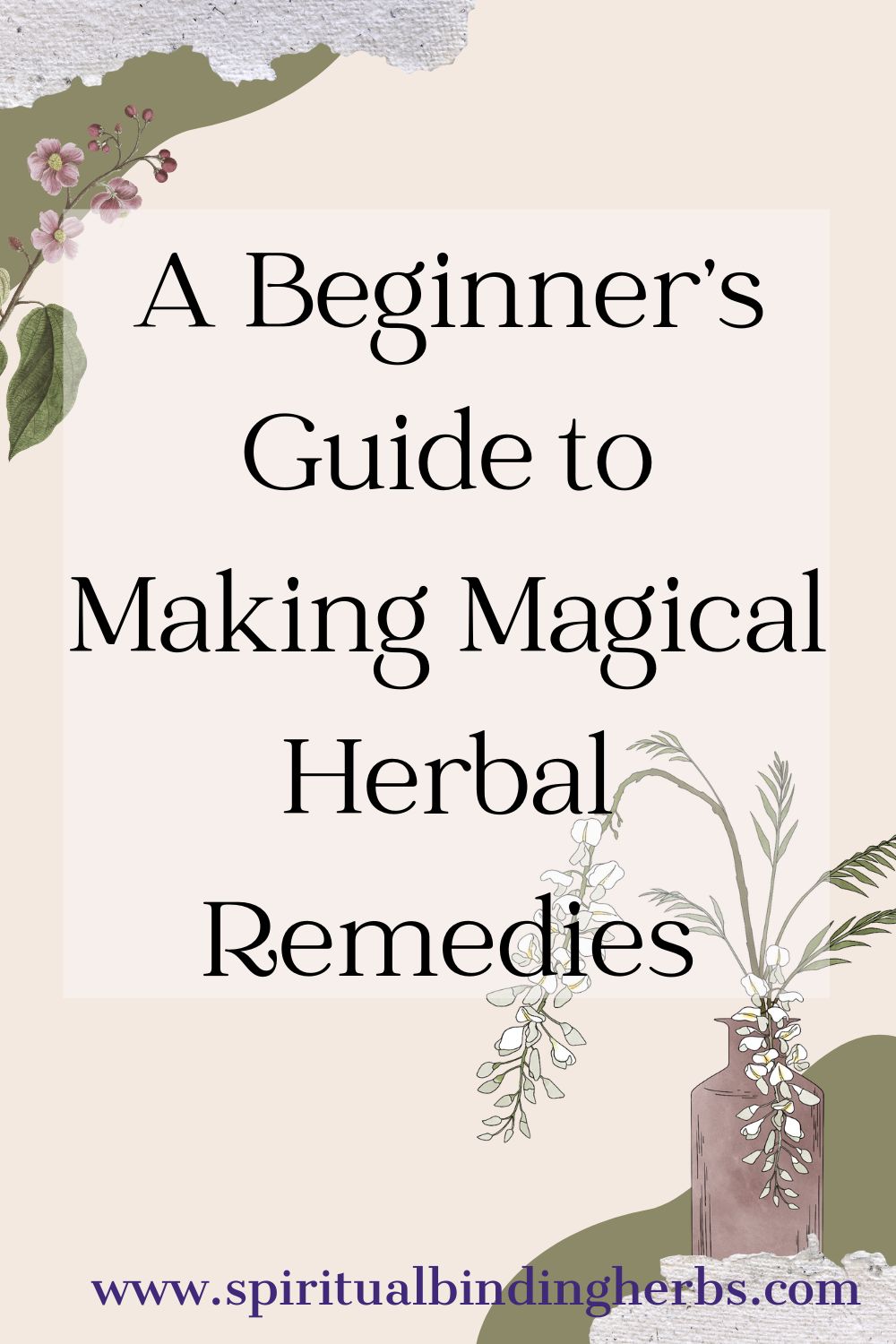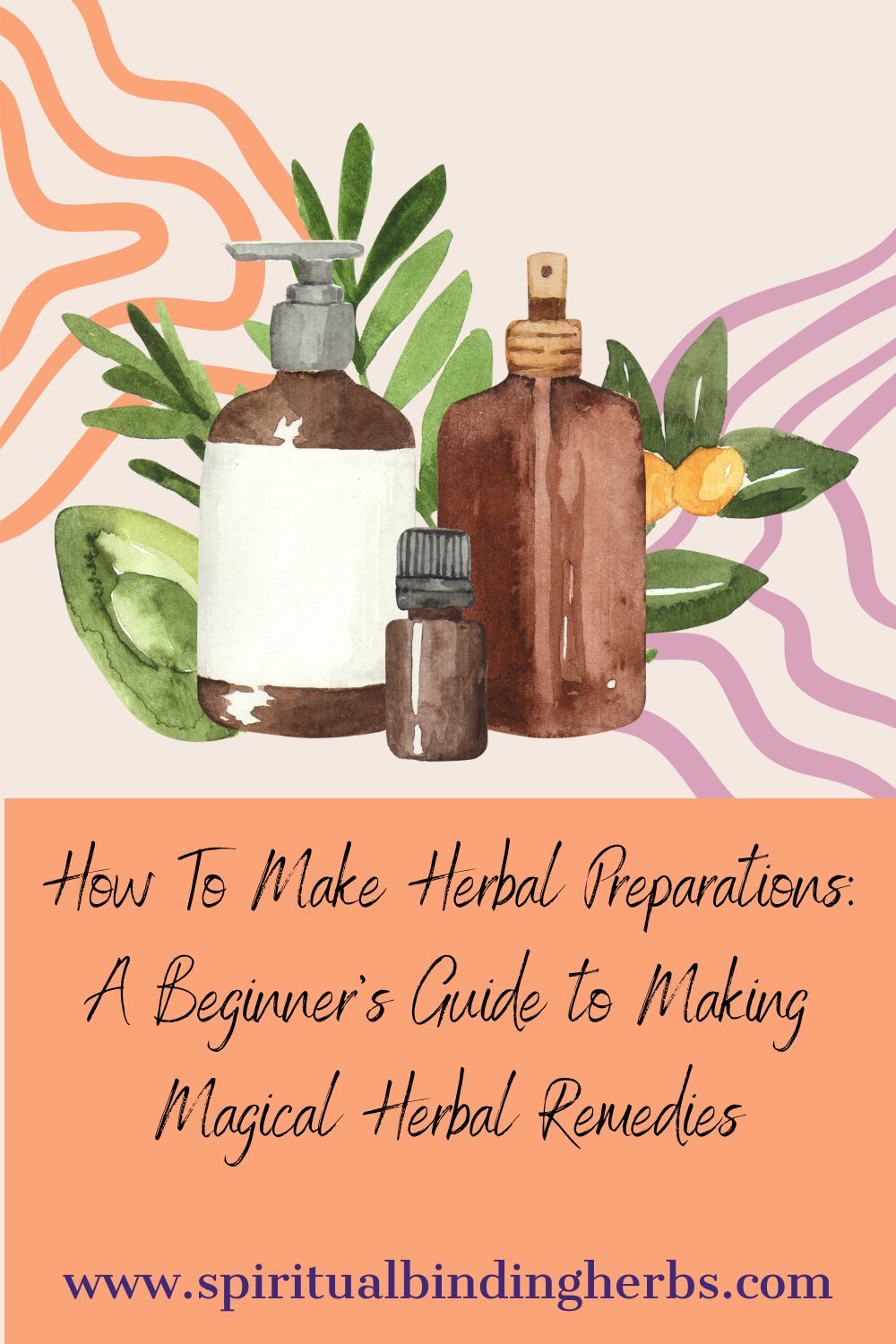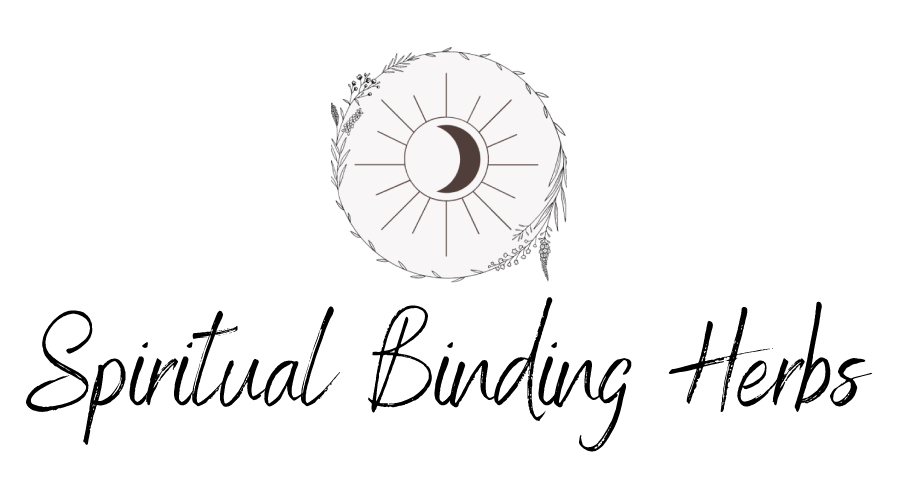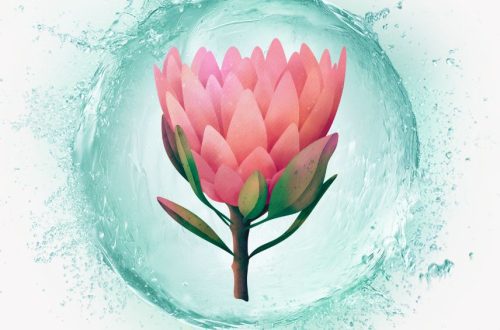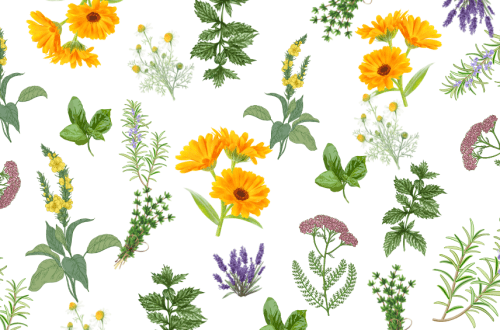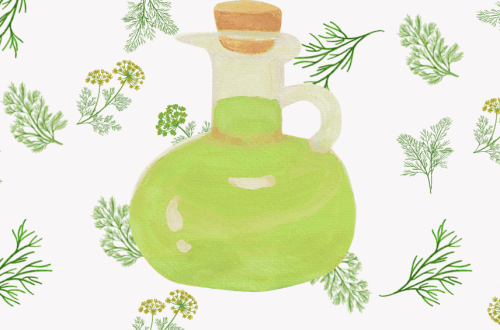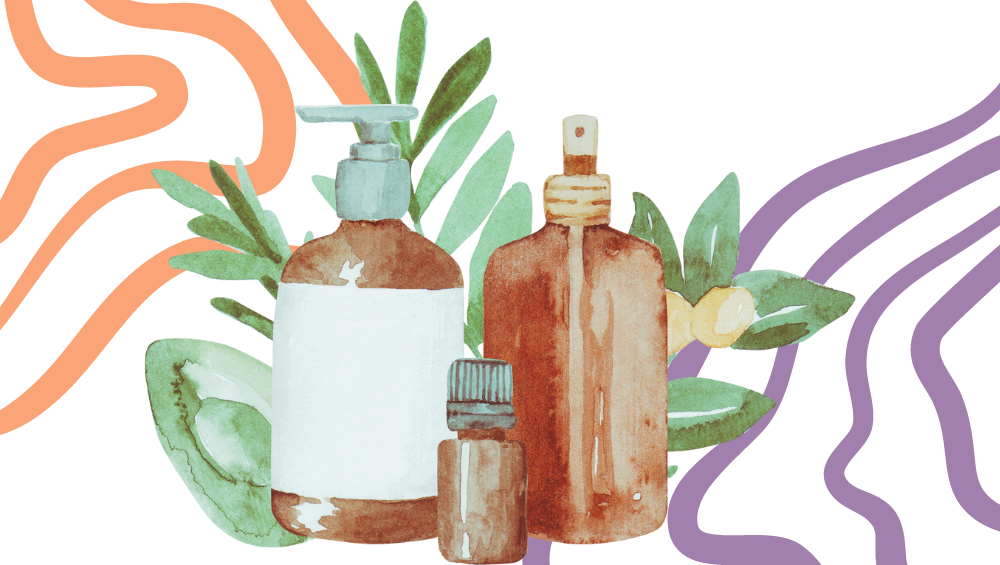
How To Make Herbal Preparations: A Beginner’s Guide to Making Magical Herbal Remedies
Herbal medicine has been used for centuries to support health and wellness. If you’re new to herbal preparations, this guide will introduce you to various methods of preparing and using herbs, including teas, tinctures, infusions, capsules and tablets, oxymel, topical preparations, and herbal baths. Each method has its own benefits and can be tailored to meet your individual needs.
If you are looking to learn about herbal medicine, check out this article that covers the basics for beginners.
Understanding Herbal Preparations
Herbal preparations are methods of extracting and using the beneficial properties of plants to support health. Whether you’re looking to soothe a sore throat, relieve stress, or boost your immune system, there is an herbal preparation that can help. Here are some common types:
Tea

Herbal teas are one of the simplest and most popular forms of herbal preparations. To make an herbal tea, steep dried or fresh herbs in hot water. Here’s how:
- Ingredients: 1-2 teaspoons of dried herbs (or 2-4 teaspoons of fresh herbs) per cup of water.
- Preparation: Boil water and pour it over the herbs. Let it steep for 5-10 minutes, then strain and drink.
Herbal teas are great for immediate consumption and can be enjoyed hot or cold. Common herbs used in teas include chamomile for relaxation, peppermint for digestion, and ginger for nausea.
Infusions
Infusions are similar to teas but are steeped for a longer period to extract more nutrients, especially from tougher plant parts like roots and seeds. I recommend starting with simple infusions. This is when you just use one herb in the formula. This is a great way to get to know a herb and how it affects your body.
- Ingredients: 1 ounce of dried herbs per quart of water.
- Preparation: Place the herbs in a jar, pour boiling water over them, and let it steep for 4-8 hours or overnight. Strain and drink. The infusion should then be consumed within 3-5 days.
Infusions are typically used for nutritive herbs like nettle, oat straw, and red clover, providing a rich source of vitamins and minerals.
Tinctures

Tinctures are concentrated liquid extracts made by soaking herbs in alcohol or glycerite. They are potent and have a long shelf life as long as the bottle is kept out of direct sunlight.
- Ingredients: Fresh or dried herbs, alcohol (like vodka), or glycerite.
- Preparation: Fill a jar with herbs and cover with alcohol or vinegar. Seal the jar and let it sit for 4-6 weeks, shaking it occasionally. Strain the mixture and store the liquid in a dark bottle.
Tinctures are taken in small doses, usually a few drops to a teaspoon, diluted in water. They are ideal for strong or bitter herbs and for those who need a potent remedy.
Capsules and Tablets
Capsules and tablets are convenient ways to consume herbs, especially for those who prefer not to taste them. They are made by encapsulating dried, powdered herbs.
- Ingredients: Dried herbs in powder form, empty capsules, or tablet press.
- Preparation: Fill the capsules with powdered herbs or press the powder into tablets.
This method is particularly useful for taking herbs like turmeric or garlic, which have strong flavors or odors.
Oxymel
Oxymels are herbal preparations made by combining honey and vinegar, which create a sweet and sour remedy.
- Ingredients: Fresh or dried herbs, raw honey, and apple cider vinegar.
- Preparation: Fill a jar with herbs, cover with honey, and then add vinegar to fill the jar. Let it sit for 2-4 weeks, shaking occasionally. Strain and bottle.
Oxymels are often used for respiratory issues and immune support, combining the soothing properties of honey with the beneficial acids of vinegar.
Topical Preparations
Topical preparations include salves, balms, and ointments applied directly to the skin.
- Ingredients: Herbs, carrier oils (like olive or coconut oil), and beeswax.
- Preparation: Infuse the herbs in the oil over low heat for several hours. Strain the oil and mix with melted beeswax. Pour into containers and let it solidify.
These preparations are used for skin conditions, muscle pain, and wound healing. Common herbs for topical use include calendula, comfrey, and lavender.
Herbal Baths

Herbal baths are a relaxing way to absorb the benefits of herbs through the skin.
- Ingredients: A handful of dried herbs.
- Preparation: Place the herbs in a muslin bag or directly in the bathwater. Let the herbs steep in the hot water for at least 20 minutes.
Herbal baths can help with relaxation, skin conditions, and overall wellness. Popular herbs for baths include lavender, chamomile, and rosemary.
Herbs to use
Here is a list of herbs that are generally considered safe for various herbal preparations:
- Chamomile – Calming and soothing; great for teas and baths.
- Peppermint – Aids digestion; perfect for teas and capsules.
- Lavender – Relaxing and aromatic; ideal for teas, topical preparations, and baths.
- Ginger – Anti-inflammatory and aids digestion; suitable for teas and tinctures.
- Nettle – Nutritive and detoxifying; excellent for infusions and capsules.
- Calendula – Healing and soothing; great for topical preparations and baths.
- Lemon Balm – Calming and antiviral; ideal for teas and tinctures.
- Echinacea – Immune-boosting; suitable for tinctures and capsules.
- Rosemary – Stimulating and antimicrobial; perfect for teas and topical preparations.
- Oat Straw – Nutritive and calming; great for infusions and baths.
*Always make sure to verify individual herb safety, especially if you have any specific health conditions or are pregnant or nursing.
Here is a list of herbs that should be used with caution or avoided without proper consultation with a herbalist:
- Comfrey – Contains compounds that can be toxic to the liver; best used externally and with caution.
- Pennyroyal – Can be toxic and potentially lethal if ingested; avoid internal use.
- Arnica – Toxic if ingested; should only be used externally and with caution.
- Ephedra (Ma Huang) – Can cause serious cardiovascular side effects; should be used only under professional supervision.
- Goldenseal – Can affect blood pressure and blood sugar levels; use with caution, especially if you have chronic health conditions.
- St. John’s Wort – Can interact with many medications and cause photosensitivity; consult with a healthcare provider before use.
- Lobelia – Can be toxic in high doses; use with caution and under professional guidance.
- Kava – Can cause liver damage if used improperly; should be used with caution and professional guidance.
- Black Cohosh – Can affect hormone levels; use with caution, especially if you have hormonal disorders or are pregnant.
- Yohimbe – Can cause serious cardiovascular side effects; should be used only under professional supervision.
*Always consult with a qualified healthcare provider or herbalist before using these herbs, especially if you have existing health conditions or are taking other medications.
Conclusion
Herbal preparations offer a natural and effective way to support your health. Whether you’re sipping on a soothing tea, taking a potent tincture, or relaxing in an herbal bath, there are many ways to incorporate herbs into your daily routine. By understanding the different methods of herbal preparations, you can choose the best approach for your needs and enjoy the benefits of nature’s medicine. Remember to start with small amounts and consult with a healthcare provider if you have any medical conditions or are taking other medications.
- Understanding the Different Types of Magnesium and Their Benefits
- How To Make Herbal Preparations: A Beginner’s Guide to Making Magical Herbal Remedies
- Exploring Herbalism: A Beginner’s Guide
- Unlocking SSRI Medication: How They Work and Herbs You Should Avoid
- Understanding Anxiety: Causes, Symptoms & Natural Relief Techniques
